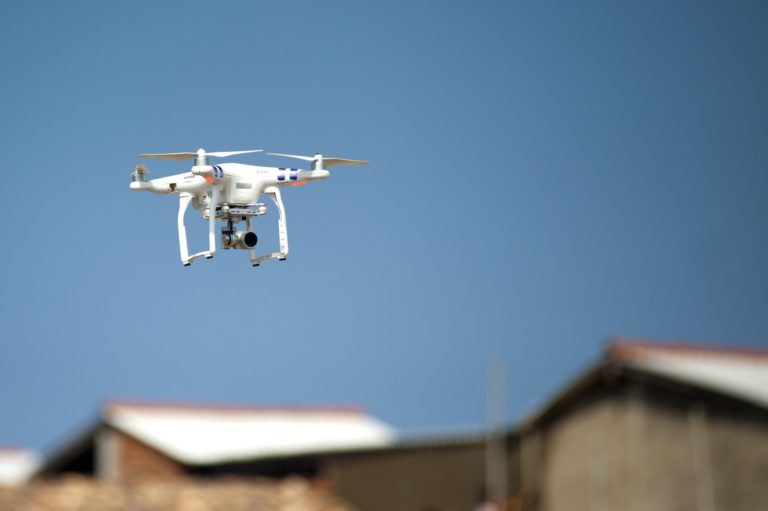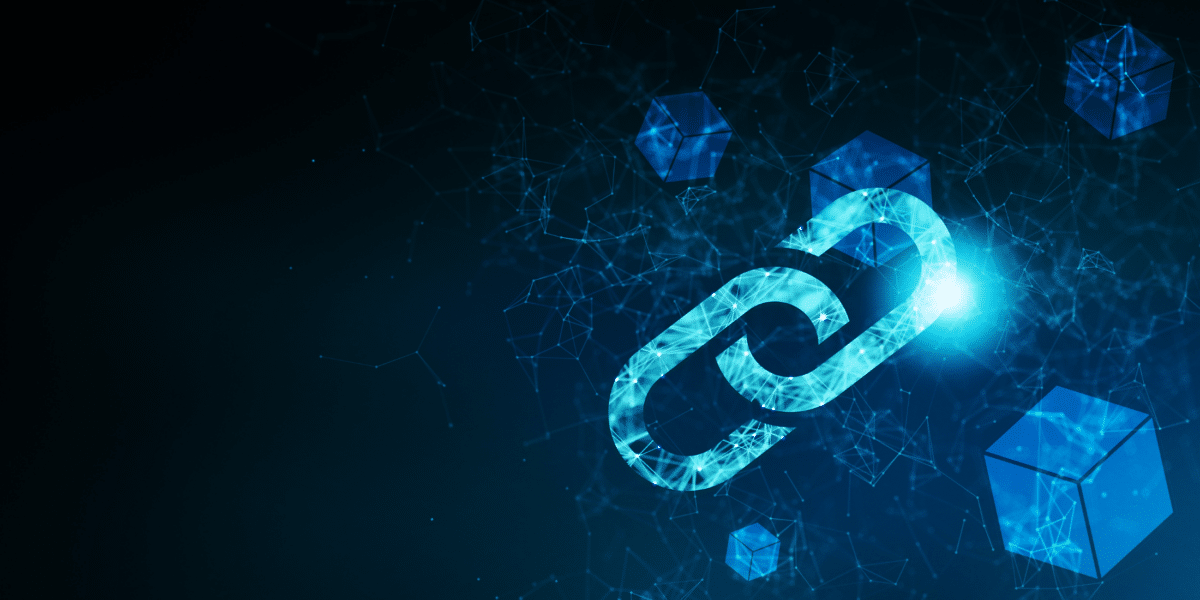
The evolution to using artificial intelligence and machines that learn in supply chain planning is inevitable. In fact, there are early examples of the potential of AI to improve both supply chain planner efficiencies and provide better or optimized supply chain decisions. The question is, are we, as a profession, ready to embrace Machine Learning? If so, what does that mean and how do we get there?
Machine learning is a type of artificial intelligence (AI) that gives computers the ability to learn without being explicitly programmed. Machine learning computer programs teach themselves to grow and change when exposed to new data.
The latest Gartner Hype Cycle, published in July 2016, shows Machine Learning approaching the Peak of Inflated Expectations. Gartner predicts that mainstream adoption of Machine Learning is at least five years away, potentially ten. Still typing “Machine Learning AND Supply Chain Planning” into Google delivers more 16,000 results in less than half a second. This is a topic that supply chain planning people are thinking, talking, and writing about. In reality, the supply chain planning mindshare spent on Machine Learning is miniscule compared to that spent on reducing costs, improving customer service, and driving new revenue. Type “Cost Savings AND Supply Chain Planning” into Google and you get 2.5 million results. One could argue that Machine Learning could contribute to meeting cost, revenue and customer service goals, but clearly there’s more focus today on basic supply chain planning capabilities like Demand Planning, Inventory Optimization, Sales & Operations Planning, and Supply Planning and Optimization.
One way to get started with Machine Learning is to look at your Demand Planning capabilities. For example, a “Best-Fit” forecasting algorithm automatically switches to the most appropriate forecasting method based on the latest demand information, ensuring you create the best forecast for every product at every stage of its life cycle. The algorithm evaluates forecast error each forecasting cycle and recommends or automatically selects the forecasting method that will produce the best forecast. “Best-Fit” forecasting is a basic form of Machine Learning.
Another example of today’s Machine Learning capabilities is found in software solutions that use algorithms to continually analyze the state of your supply chain and recommend or automatically execute plans to meet customer requirements. Optimization driven by algorithmic planning is an early form of machine learning that relies on a set of provided information (supply chain facilities and capacities, transportation lanes and capacities, customer service requirements, profit requirements, etc.) to automatically make optimal decisions.
One powerful example is the use of Multi-Echelon Inventory Optimization (MEIO) to automatically adjust inventory positions. The current inventory-to-sales ratio in the United States sits at 1.41, higher than any time since 2009 (right after the 2008 downturn). One cause of this glut of inventory is the emergence of omni-channel retailing. The “Amazon effect” of free and fast shipping, easy returns, and everyday low prices has changed customer expectations and the way products get into the hands of the consumer. It’s a struggle to keep up with the mind-bending rate of change that prevents companies from having the right inventory positioned at the right location to service customers. Companies that respond by increasing buffer inventory based on outdated information fail to attack the underlying issue of stock-outs, a fundamental shift in fulfillment. MEIO automatically seeks the optimal balance of inventory at the right locations, and provides optimal inventory parameters and positions by stocking location to establish optimal buffer locations and quantities. Embracing MEIO can reduce total inventories by upwards of 30% while maintaining or improving customer fill rates. MEIO is an example of basic Machine Learning that is available today.
Attaining the full benefits of Machine Learning will be an evolutionary process. We must learn to crawl, then walk, then run. The introduction of Machine Learning into most supply chain organizations will take years, but that shouldnt stop supply chain professionals from planning for the future or taking advantage of some of the Machine Learning solutions available today. Implementing algorithmic planning and optimization technologies today builds the kind of expertise and experience that will ease the adoption of advanced Machine Learning solutions in the future.
Are you considering Machine Learning solutions? If so, what steps are you taking to get there?


